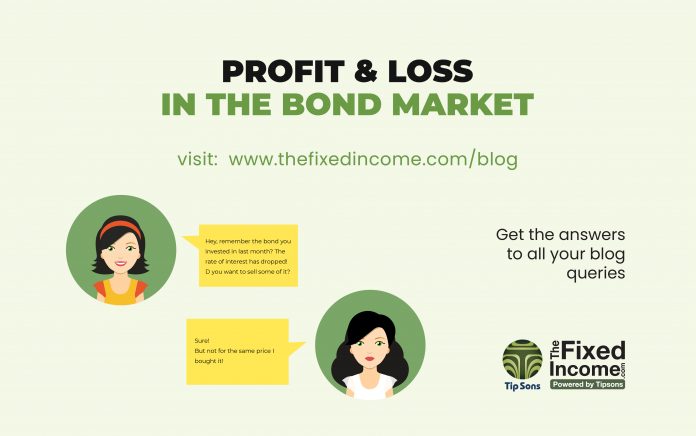You, my good friend, have bought some high-quality corporate bonds of Rs. 100 each that earn interest of 10% per annum, and will mature in 10 years. The interest rate in the economy for investments of similar quality is also 10%.
Understanding Yield to Maturity (YTM) in Bond Investing
Soon after you make your investment the interest rates in the economy drop to 8%.
If I were to try to take advantage of our friendship and ask you to sell me the bonds, what would your reaction be? Would you decide right then to avoid scoundrels like me trying to hoodwink best buddies?
Now, the sharp guy that you are could suggest that you will be happy to sell me the bond. We would work out the price of the bond such that the returns I make will be the same 8% over the 10 years on the bond that I would get if I invested elsewhere. This is a deal that is fair to both of us, isn’t it? Working it out you would sell me the bond at about Rs. 113 for a bond that cost you Rs. 100. This price gets me the new investor, returns of 8%, which is called Yield to Maturity (YTM) of the bond.
Impact of Interest Rate Changes on Bond Prices
As an investor, you have made a good deal more than the interest on the bond you have invested in. As interest rates fall in the economy the price of an old bond increases, providing capital appreciation! Just interest could be boring when there is more to be earned! So much for fixed income! There can be and is more than just the interest. Of course, if the interest rates go up the price of the bond will go down* but holding the bond will continue to provide the yield to maturity of the contracted interest and return of principal at the maturity of the bond.
This excitement of interest payments as well as capital appreciation works only with debt market investments that can be traded. Fixed deposits are really fixed, nothing more.
*Just as the bond price goes to Rs. 113.42 when interest falls 2% on a 10-year 10% coupon bond, the same bond’s price falls to Rs. 88.70 if interest rates go up 2%. The gains made on rates falling are higher than losses at the same rate increase. Also, the impact of interest rates on bond prices is more if the bonds have a long time to redemption (to maturity). This is not a linear, or straight-line relationship and is called the “convexity” of bond valuation. The gains on a fall in rates are greater than the loss for an equal increase in interest rates.






















